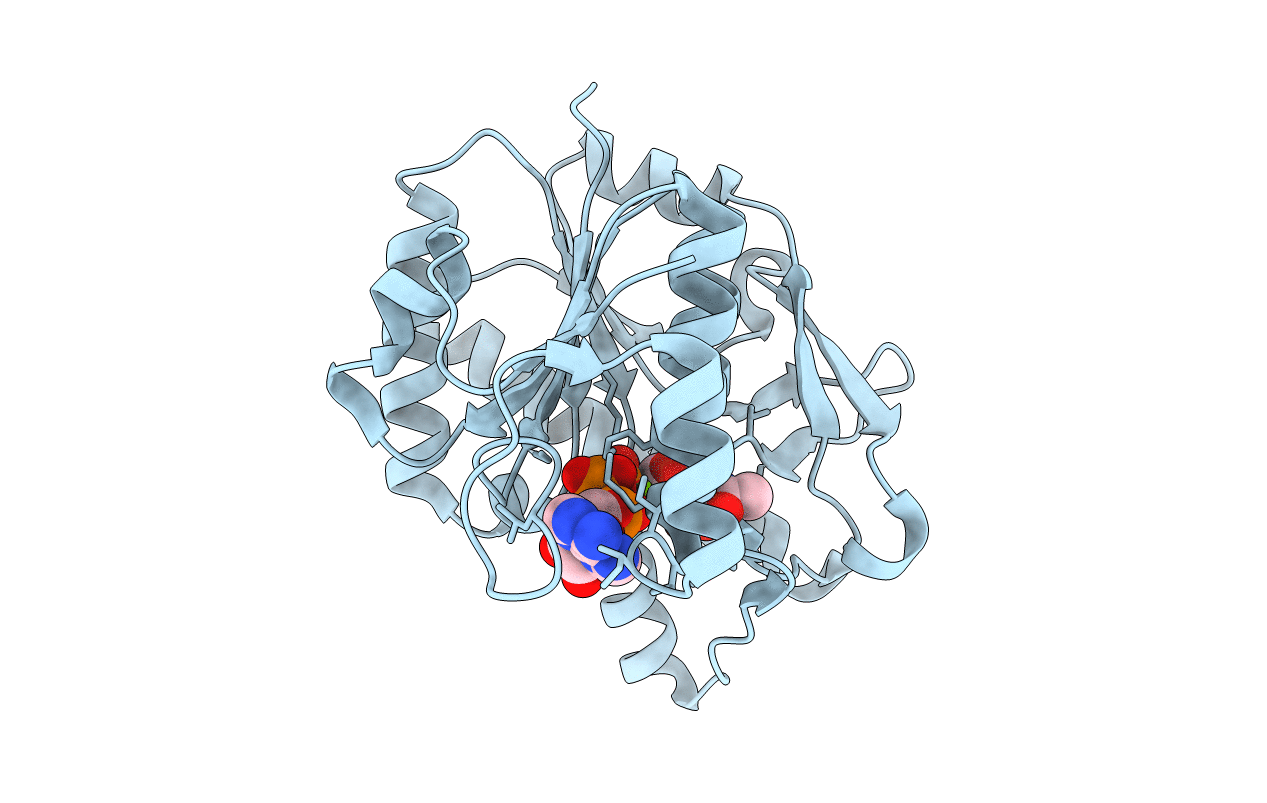
Deposition Date
2001-12-28
Release Date
2002-05-16
Last Version Date
2023-12-13
Entry Detail
PDB ID:
1GS5
Keywords:
Title:
N-acetyl-L-glutamate kinase from Escherichia coli complexed with its substrate N-acetylglutamate and its substrate analog AMPPNP
Biological Source:
Source Organism:
ESCHERICHIA COLI (Taxon ID: 469008)
Host Organism:
Method Details:
Experimental Method:
Resolution:
1.50 Å
R-Value Free:
0.21
R-Value Work:
0.20
Space Group:
C 2 2 21


